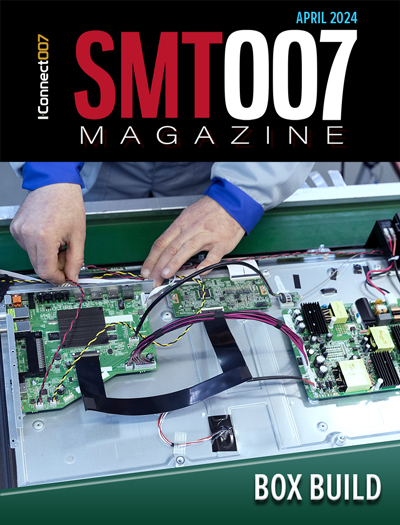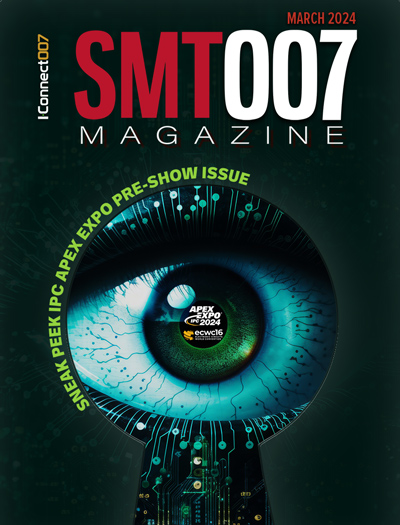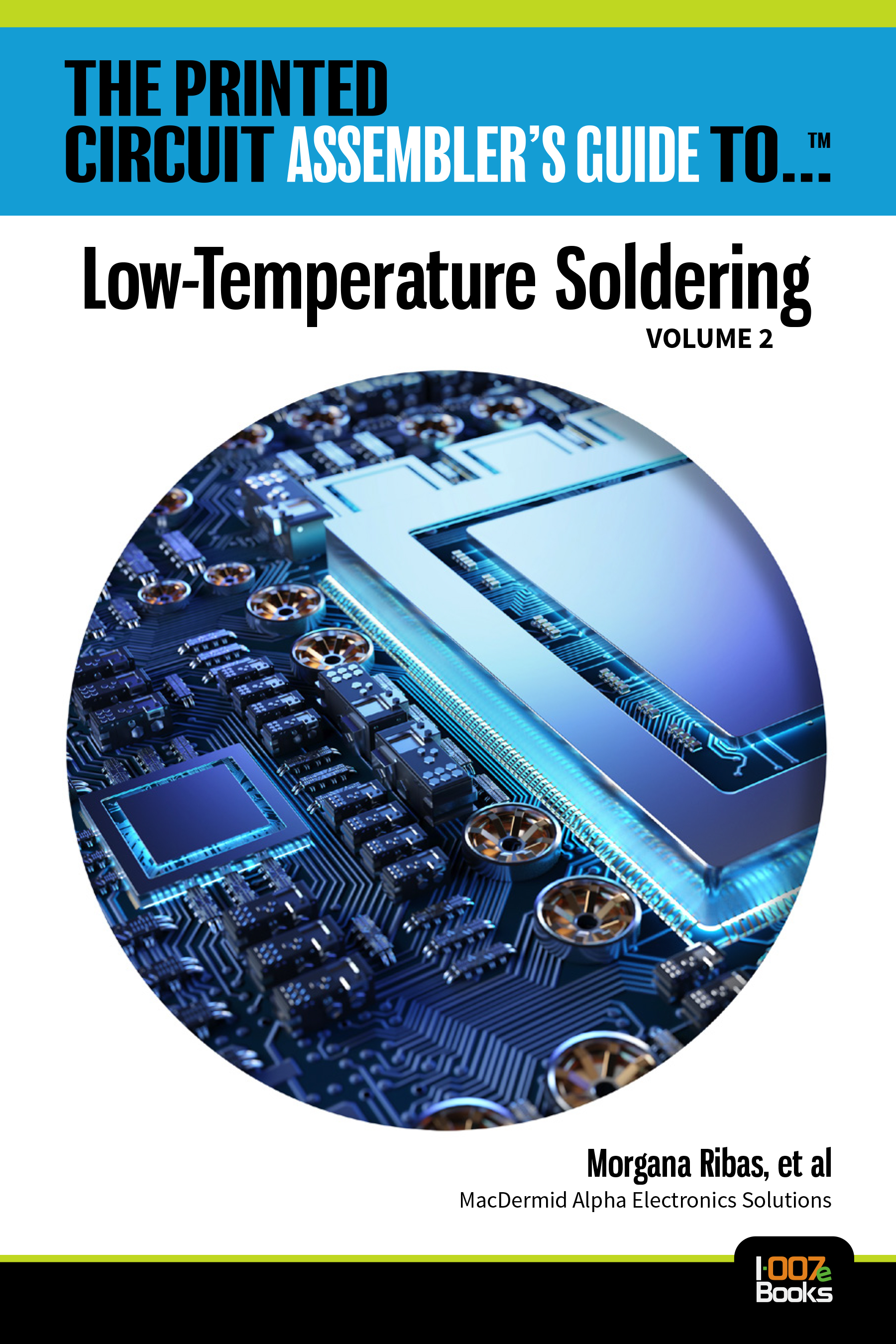-

- News
- Books
Featured Books
- smt007 Magazine
Latest Issues
Current Issue
Box Build
One trend is to add box build and final assembly to your product offering. In this issue, we explore the opportunities and risks of adding system assembly to your service portfolio.

IPC APEX EXPO 2024 Pre-show
This month’s issue devotes its pages to a comprehensive preview of the IPC APEX EXPO 2024 event. Whether your role is technical or business, if you're new-to-the-industry or seasoned veteran, you'll find value throughout this program.

Boost Your Sales
Every part of your business can be evaluated as a process, including your sales funnel. Optimizing your selling process requires a coordinated effort between marketing and sales. In this issue, industry experts in marketing and sales offer their best advice on how to boost your sales efforts.
- Articles
- Columns
Search Console
- Links
- Events
||| MENU - smt007 Magazine
Knocking Down the Bone Pile
Column from: Bob Wettermann
Bob Wettermann is the president of BEST Inc., a contract rework and repair facility in Chicago. BEST develops processes and products for a variety of PCB and device rework challenges. Bob is an IPC Master Instructor and has been involved in the electronics assembly and repair market for more than 18 years. He holds several patents in the fields of surface science, industrial controls and PCB rework. He is a BSEE from the University of Illinois/Champaign.


